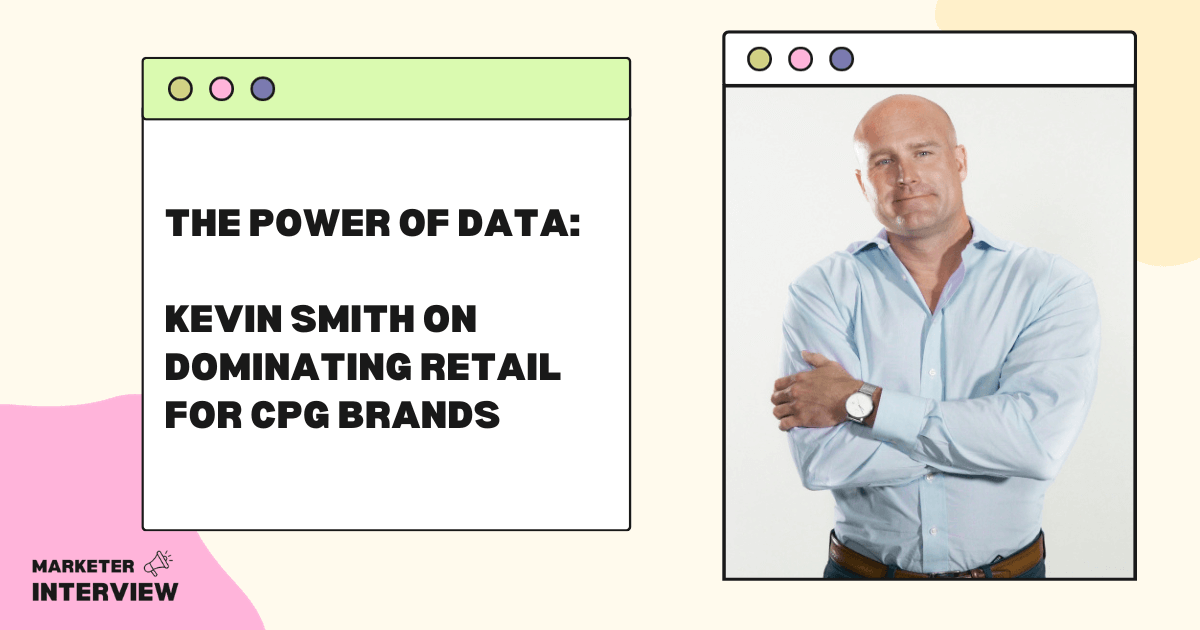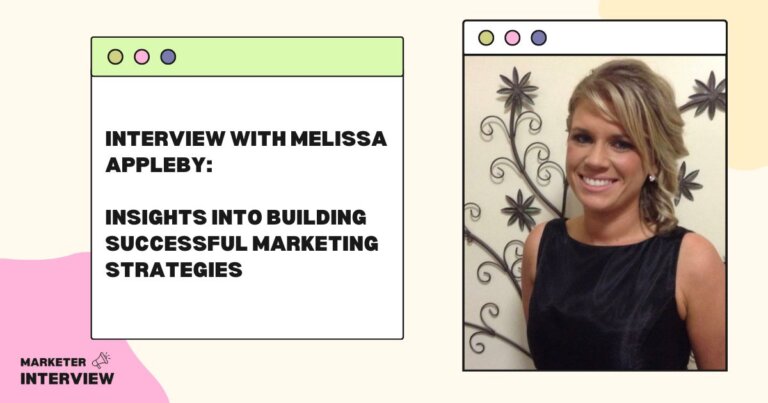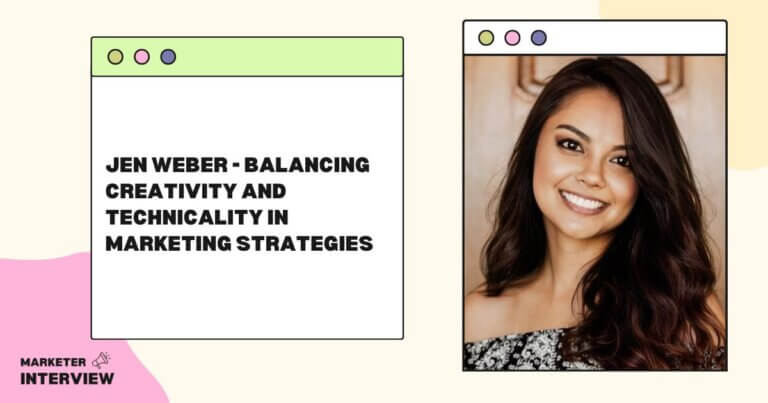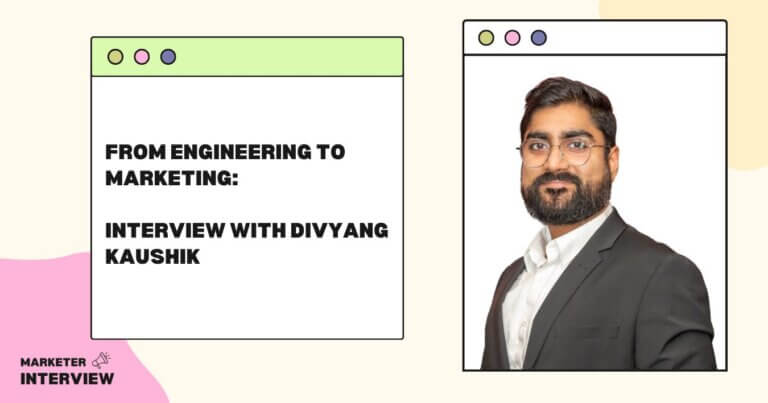The Power of Data: Kevin Smith on Dominating Retail Marketing
Welcome to Marketer Interview, the premier platform where we dive deep into the minds of remarkable marketers and explore their insights, strategies, and expertise.
Today, we have the privilege of speaking with Kevin Smith, Partner at SmashBrand and a true trailblazer in retail marketing.
With over 20 years of experience as a Founder/CEO in multiple successful start-ups, Kevin has honed his expertise in leveraging data to help small and mid-sized Consumer Packaged Goods (CPG) brands outperform their competitors.
As the leader of SmashBrand, the only data-first brand development agency that guarantees retail market outcomes and increased sales velocities, Kevin has a wealth of knowledge to share.
Join us as we uncover the secrets behind his success and gain valuable insights into retail marketing.
Contents
- 1 Can you share with us your journey into the marketing field and how you developed your expertise in retail marketing?
- 2 What inspired you to establish SmashBrand and focus specifically on data-driven brand development for CPG companies?
- 3 In retail marketing, how do you define the role of data and its significance for smaller CPG brands?
- 4 Could you elaborate on how small and mid-sized CPG brands can utilize data to outpace their competitors?
- 5 Can you explain how you have helped CPG brands leverage data to achieve remarkable results and increased sales velocities?
- 6 As a leader in retail marketing, what are some of the most common challenges you’ve observed in the industry, and how do you approach overcoming them?
- 7 How do you combine strategy, design expertise, and consumer testing to create brands that win customers and drive sales?
- 8 Considering your extensive experience, what advice would you give to emerging CPG brands looking to establish a strong presence in the retail market?
- 9 What are some of the critical tools and software that you rely on in your role at SmashBrand for data analysis, brand development, and market research?
- 10 In your opinion, what emerging trends or technologies hold the most promise for the future of retail marketing?
Absolutely. My journey began with a fascination for consumer behavior and how brands communicate value.
Through owning my own CPG brands, I gained firsthand experience building brands from the ground up, recognizing early on the critical role data plays in understanding the market and consumers.
My expertise in retail marketing has been shaped by continuously adapting to evolving consumer landscapes and leveraging insights derived from robust data to drive brand strategy.
What inspired you to establish SmashBrand and focus specifically on data-driven brand development for CPG companies?
SmashBrand was founded on the principle that data should be at the core of every branding decision.
In the CPG space, we identified a gap where most brands relied on instinct rather than insights. We wanted to bring the analytical rigor of big CPG to the creative process, ensuring our clients could compete more effectively with the assurance that every decision was validated through consumer testing and market analysis.
In retail marketing, how do you define the role of data and its significance for smaller CPG brands?
Data serves as a great equalizer for CPG brands, especially smaller ones. It allows them to make informed decisions that were once only afforded to larger Fortune 500 companies with deeper pockets.
By harnessing the power of data, brands can identify market opportunities, understand their target audience, and optimize their product offerings and retail packaging to meet the precise needs of the market, enabling them to punch above their weight as challengers.
Could you elaborate on how small and mid-sized CPG brands can utilize data to outpace their competitors?
Small and mid-sized CPG brands can leverage data in several strategic ways.
For example, they can identify and focus on high-opportunity niches, optimize their packaging and messaging to resonate more deeply with their target demographics, and prioritize distribution channels based on shopping habits and preferences.
Predictive analytics can also forecast trends and consumer behavior, allowing these brands to be proactive rather than reactive.
Can you explain how you have helped CPG brands leverage data to achieve remarkable results and increased sales velocities?
One clear example is a dessert we partnered with, struggling to gain traction.
Through consumer testing, we identified that their packaging blended in with the competition, and the messaging was not effectively communicating the unique selling proposition of the product.
By applying the insights from the data, we redesigned their packaging to help them stand out in the set to capture attention. We use clear and concise messaging that articulates the brand’s differentiators and imagery that appeals to the purchase drivers of the category.
The result was a dramatic increase in trial and a subsequent rise in sales velocity at Costco and other mass grocers.
As a leader in retail marketing, what are some of the most common challenges you’ve observed in the industry, and how do you approach overcoming them?
A common challenge is the resistance to change and a reliance on outdated strategies.
We approach this by demonstrating the tangible benefits of a data-driven design through case studies and demonstrations, showcasing how consumer insights lead to better product-market fit and, ultimately, increased sales.
How do you combine strategy, design expertise, and consumer testing to create brands that win customers and drive sales?
Our approach is integrated and iterative.
We start with a baseline analysis to understand the market and test competitors’ packaging. This is followed by a deep strategy phase led by former brand marketers who will have had decades or more experience on the brand side at companies like Kraft, Unilever, P&G, Pepsi, etc, and then finally integrated design and messaging that manifests the strategy. This is continuously refined through rounds of design and consumer testing.
In the end, we can accurately predict the increases in market performance against the leading competitors and forecasted sales increases.
Considering your extensive experience, what advice would you give to emerging CPG brands looking to establish a strong presence in the retail market?
My advice is to be consumer-centric and data-driven.
Understand your consumers not just demographically but psychologically. Invest in gathering data and deriving insights to inform every aspect of your go-to-market strategy. And always be willing to iterate based on feedback and market performance. Pivot quickly when you need to.
One of the fastest-growing brands I have seen, and we are working with them today, is a laundry detergent brand that already has over 150 million in sales. They have had this success as one of the founders had a strong background in consumer testing and insights. This led to them being able to execute products and campaigns that were optimized, not wasting money and scaling quickly.
I see many smaller CPGs that ignore this for older legacy types of roles as their first hires (operations, formulation, social, etc). The modern CPG playbook harnesses data to make informed decisions and avoid the bad ones. 96% of new brands entering the market fail. This type of role can keep you in the profitable 4%.

What are some of the critical tools and software that you rely on in your role at SmashBrand for data analysis, brand development, and market research?
We employ a suite of tools, including advanced analytics platforms, consumer sentiment analysis software, and market research and testing methodology that we developed similar to Nielsen BASES.
Integration of AI for predictive modeling is also part of our toolkit, enabling us to anticipate market trends and consumer behavior.
In your opinion, what emerging trends or technologies hold the most promise for the future of retail marketing?
In the future retail marketing landscape, AI is set to revolutionize how we approach packaging and brand development.
Creatives will spearhead the ideation process, crafting compelling big ideas and messaging frameworks. AI will augment this process, generating variations across messaging, design elements, and packaging concepts. This capability enables us to conduct expansive consumer testing on a scale previously unimaginable.

AI will be crucial in rapidly analyzing consumer testing and identifying patterns and preferences that might take humans much longer to discern. By doing so, AI will enable us to quickly iterate on packaging design and messaging, optimizing them to ensure the most robust market performance.
Furthermore, AI-driven analysis and reporting can provide real-time insights, allowing brands to be agile and responsive to consumer trends and feedback, dramatically reducing time to market and enhancing the effectiveness of retail marketing strategies.






